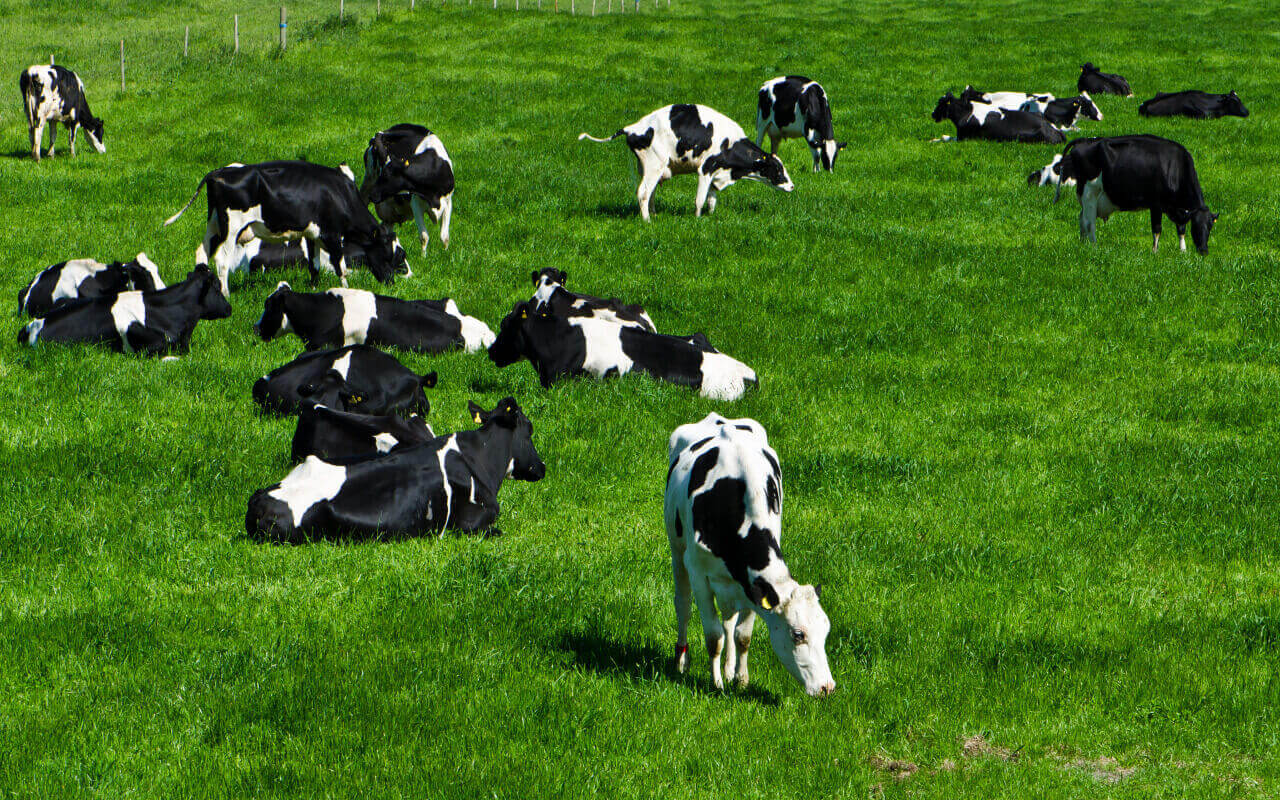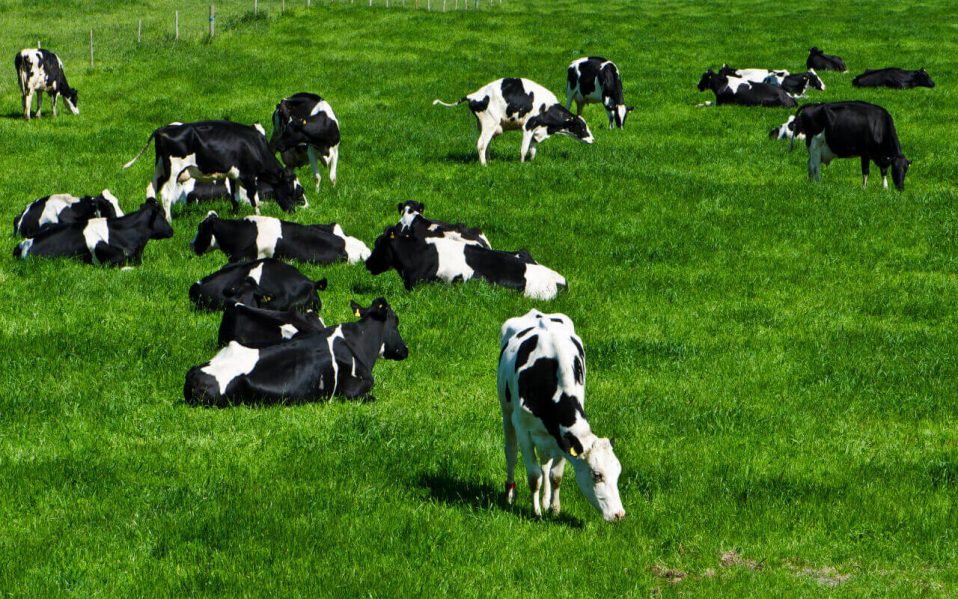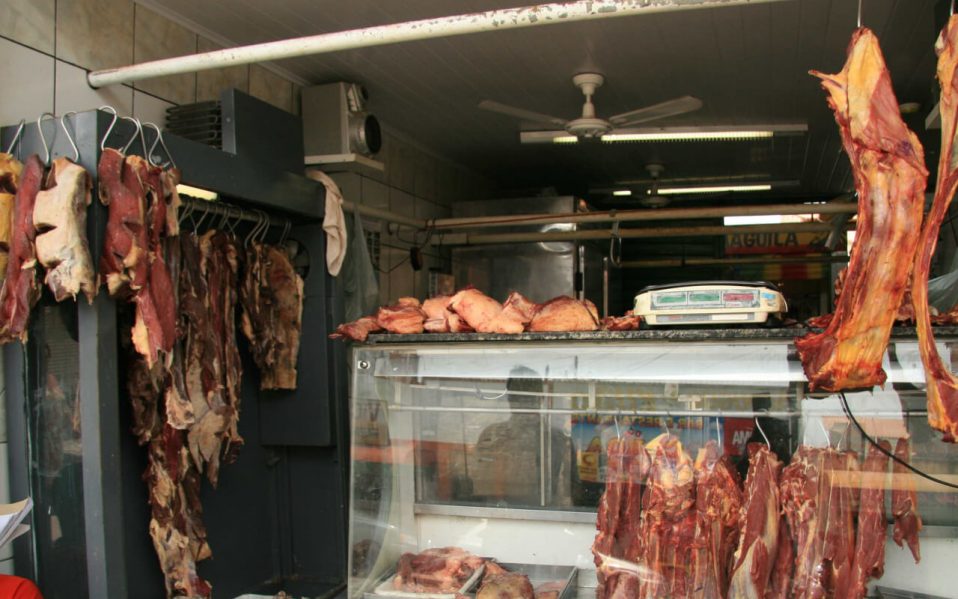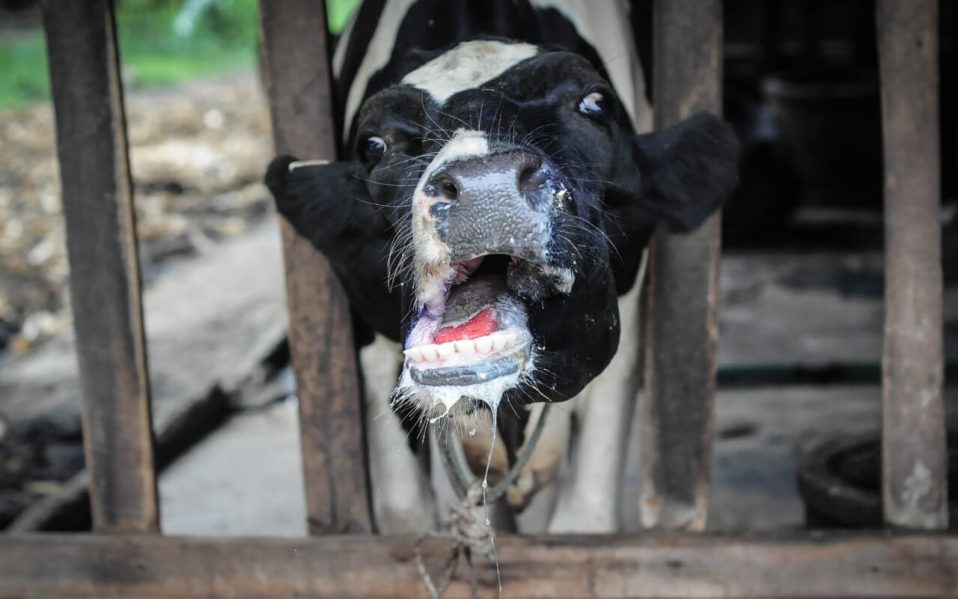This Easter I noticed something disturbing in Kajiado. I learned that many farmers are feeding their cows on that young green grass with abandon. I cannot blame them because it looks appetising and hard to resist.
But that green grass can be poisonous; it can cause a disease called grass tetany.
Grass tetany or hypomagnesemic tetany, is a metabolic disease, which can occur in such ruminant livestock, after grazing on pastures of rapidly growing grass.
It can be acute and an animal that appeared healthy can die overnight. The simple form of the disease is caused by lack of magnesium in an animal’s diet but the complex form is caused by imbalances in other minerals like calcium and potassium.
The good news is that the disease is treatable if the diagnosis is made in time through the injection of these minerals. However, the treatment should be strictly done by a veterinary doctor. Any dosage miscalculation can affect heart functioning and cause death. A friend’s experience will illustrate why that green grass is deadly.
Kaisene has a relatively huge piece of land a few kilometres from Matasia town; that mass of land is home to his 50 zebu cattle, goats and sheep.
Within the same farm is a dairy unit where he keeps some crosses and one of this crosses is the reason he called me to his farm.
Zero grazing unit
Kaisene keeps the dairy cross on a mixed grazing and zero grazing system. In times of plenty, he lets them graze in the vast land and during dry season he locks them up and provides feed to boost milk production.
According to Kaisene he had spent a lot during the dry season and now was a time to get back by making some savings on purchase of feeds. On that account he had let the dairy stock to freely graze in the lush pasture that was now a signature to his ranch.
When I arrived at his farm I heard a cow bellow loudly and it was the sick one. The animal was easily frightened when touched and run like it was drunk.
When I moved near the animal I confirmed Kaisene’s observations and also noted the cow’s head arched backwards.
Urgent treatment
I had to do a diagnosis and treat the animal quickly to prevent further complications. At such times as a vet, you should never miss calcium borogluconate, Epsom salt or liquid paraffin.
Bloat, grass tetany and diarrhoea are common diseases when cattle are transiting from dry to rainy seasons that come with lush pasture.
This was a typical case of grass tetany; which is caused by deficiency of magnesium which is required for proper functioning of the nervous system. The cow was in great need of magnesium and calcium injection and that is what quickly restored the animal to normal health within minutes.
Luckily, I was armed to the teeth with oral supplements.
How to prevent grass tetany
Grass tetany is common in lactating and old cows and its incidence increases when such animals are gazing on young lush grass which is deficient in magnesium.
Kaisene’s cow was fondly referred to us ‘mama’ because it was the mother of three two cows, a heifer and a calf and was the oldest of the group hence her predisposition to grass tetany.
Mix magnesium with feeds
When grazing animals on young grass, magnesium can be supplemented by mixing it with feeds, mixing in water or giving it as licks to animals.
Given that magnesium isn’t very palatable; it can be mixed in molasses to make it easier to digest.
At an agro vet, you can buy magnesium capsules that can be inserted into the rumen and will release magnesium for about two months and therefore preventing grass tetany.
Reduction of stress due to harsh weather condition for example housing of animals can also reduce incidences of grass tetany in cattle.
Knowledge of the seasonality of the disease and high-risk animals can help a farmer plan for preventive measures in advance.
Though preventable and treatable, grass tetany, if not treated appropriately and timely, can be fatal. The disease also affects sheep and calves.
(The writer was the Vet of the Year 2016 and works with the Kenya Tsetse and Trypanosomiasis Eradication Council – KENTTEC, jothieno43@yahoo.com)
This article was first published in the ‘Smart Harvest’ feature of the Standard on Saturday edition of 7th April 2018.




